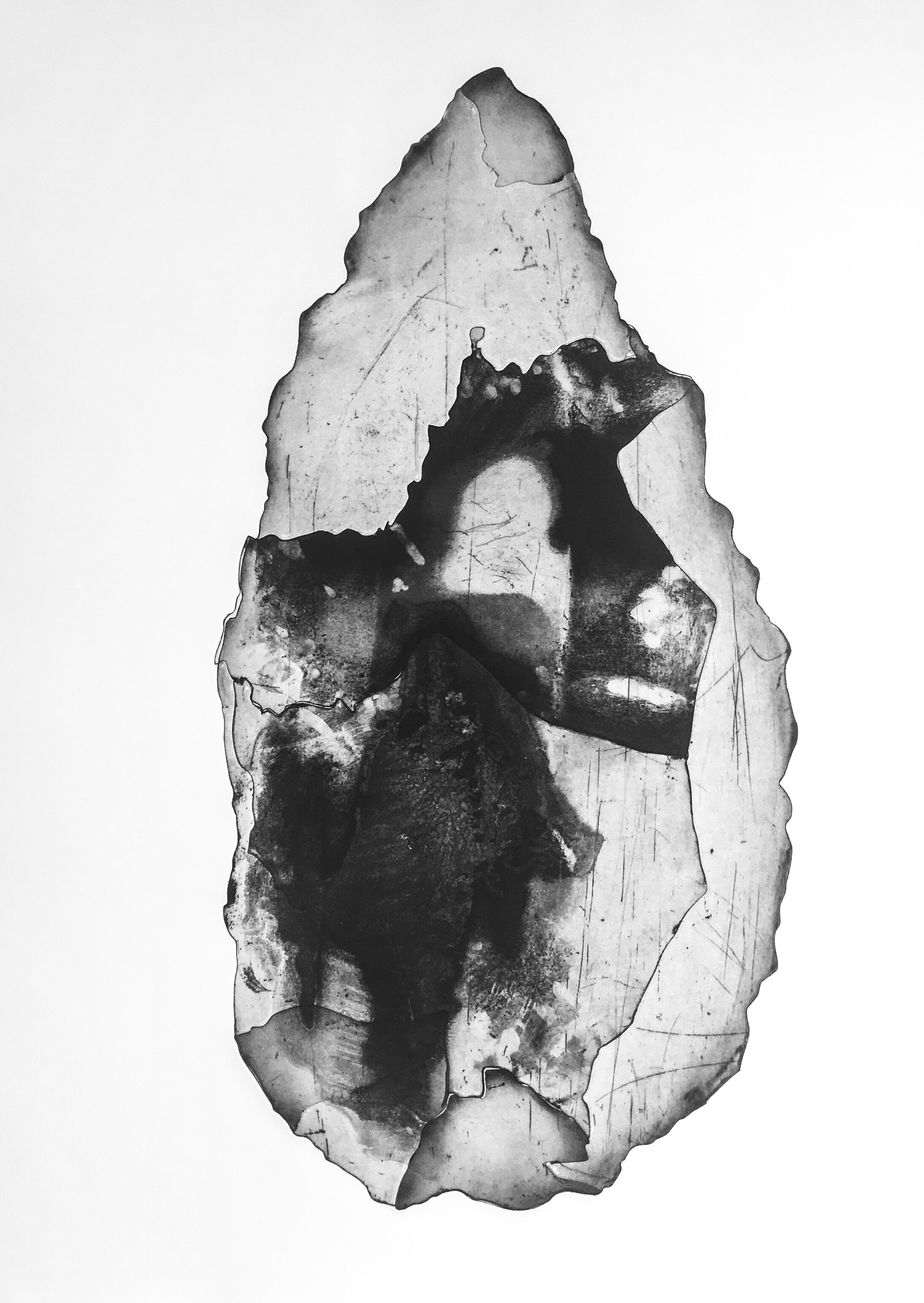KATIE BRECKON
/BIOGRAPHY
Katie Breckon makes photographic, print and installation-based work that continuously seeks the intersection between place, time, image and memory.
Breckon completed a Bachelor of Fine Art, majoring in drawing in New Zealand where she was born. After relocating to Australia, she earned a post graduate diploma from Victorian College of the Arts in 2005. Currently, living in the West Kimberley outback, Breckon works simultaneously as an artist, educator and remote community arts worker. She manages the community collection at the Mowanjum Aboriginal Art and Culture Centre. The experience of living in the isolated and unfamiliar landscape of the Kimberley is infused into Breckon’s works.
CONNECTION TO BALDESSIN STUDIO
Baldessin Studio is somewhere I feel completely at home; this is primarily because of the people associated with the studio and the welcoming atmosphere they create for artists.
Safe Keeping was the first printmaking series I ever produced. After a short training session with Basil Hall in Braidwood, I traveled from the West Kimberley to St Andrews with large crates filled with hundreds of aluminium printing plates. The printing plates were run through the large motorised etching press at Baldessin Studio, rebuilding each stone tool image piece by piece. Working long hours in the studio with regular shared meals and good company kept me going and helped me to produce one of my most important bodies of work to date. - Katie Breckon
ABOUT THE ARTWORK
These works present the Worrorra stone tools collected by Kimberley bushman Vic Cox and asks the question if a stone tool is found what should you do?
In 2015 I moved onto Vic Cox’s ten-acre bush block in the Kimberley where we found buckets containing stone tools, some marked with a location and date. These tools were linked to the Worrorra language group. The collection contains a selection of handmade tools designed for living off the land.
It was through conversations with respected Worrorra cultural advisors, artists, remote community archive networks across the top end of Australia, geologists and anthropologists working in the Kimberley that I became aware of the cultural and environmental concerns relating to the removal of significant objects from custodial lands.





